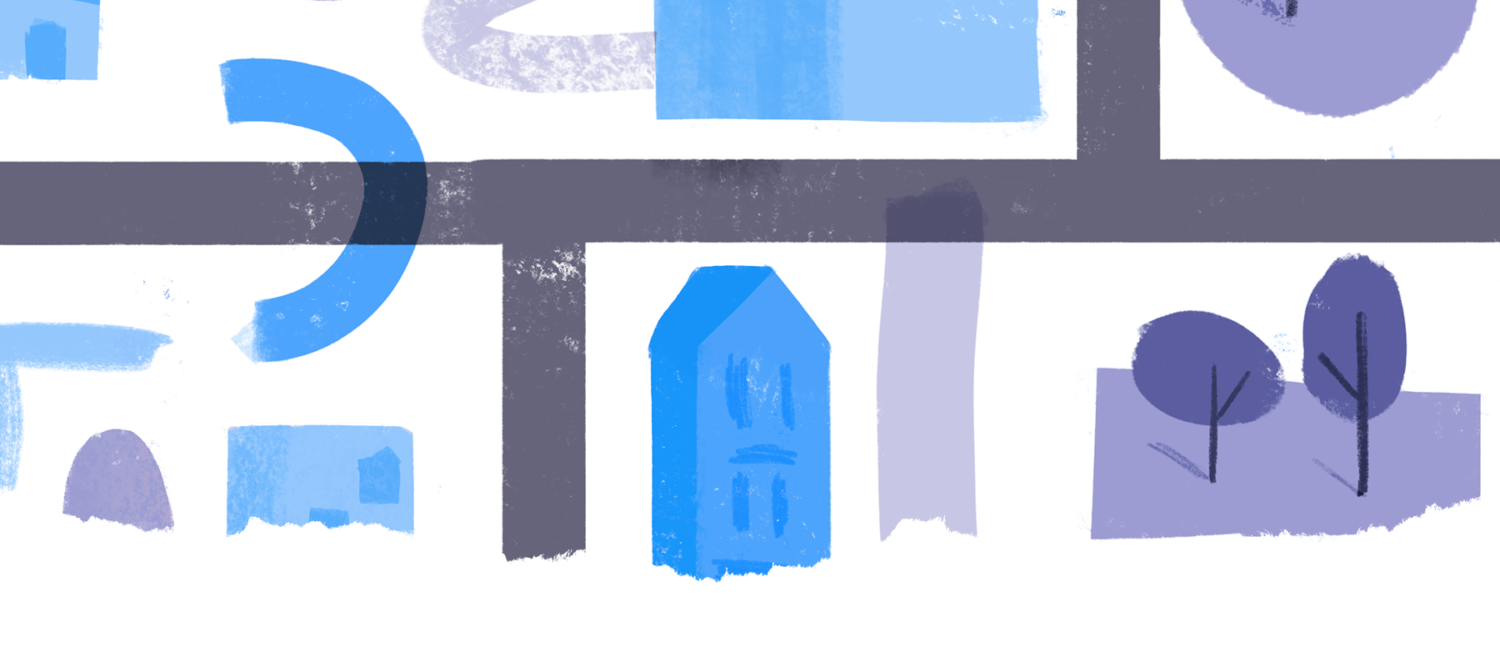
Melbourne Star
By Toby Fehily
Edited by Elizabeth Flux
My entire day spent riding the Melbourne Star, from when it opened at 11am until it closed at 7pm, started pleasantly enough. I arrived shortly before the observation wheel opened, collected my pass from the counter and stepped into my glass-encased tomb. I did a 30-minute flight, as it’s called, taking in the sights of Melbourne as the wheel completed its loop. I hopped off, then I hopped on again. Then I did this again and again and again and again.
The second flight wasn’t too bad either. As one of my cabin-mates on that trip, Sarah, an Aucklander with a mild fear of heights, noted, “It’s surprisingly tolerable.” By the third flight, I was lulled into a deep, meditative calm, soothed by the dulcet voice of the complimentary in-cabin audio tour, centered by the soft hum of the air conditioning and the sedate pace of the wheel at just under one kilometre an hour.
I was already intimately familiar with all the sights – the back of the city, Docklands, Costco and a large stretch of urban sprawl – so I turned my attention elsewhere. I catalogued the unique characteristics of the different cabins I rode, like the slight scuffmark in cabin 20 or the nice smell in cabin 16 or the not-so-nice smell in cabin 4. I observed the subtle changes to the landscape caused by shifts in sunlight over time: a pink apartment building shuffling through shades of rose, amaranth and thulian, the Bolte Bridge towers reflecting a Derwent pencil set’s worth of grays, from 9H all the way to 9B.
From there, everything got a bit foggy. Even though a single flight was a fixed 30 minutes, the time in between started to stretch. I spent what felt like hours watching a crane lower a skip to the ground, a flock of seagulls disappear into the distance, a car cut off another car in a Docklands car park. Rotations blurred into other rotations, until it all began to feel like one unbroken and endless cycle.
After what seemed like both an eternity and no time at all, I climbed again into what I now knew was cabin 3 on account of the distinctive creak that cabin 3 makes when you step on a particular section of the floor towards the northern side. A deep, almost existential tiredness washed over me. The once-comforting sameness of the ride felt confining and oppressive. I wanted to leave.
With not much else to focus on but the Melbourne Star, I started seeing the Melbourne Star in everything.
Getting on the Melbourne Star, ascending to the top, descending to the bottom, getting off and then repeating felt a lot like the normal waking up, going to work, leaving work and going to sleep every day, day in and day out. My body ran like a Melbourne Star, powered by a Melbourne Star heart shuttling blood passengers through my arteries and veins and a Melbourne Star set of lungs ferrying oxygen passengers through my bronchioles.
Sunset was nice, though, and that took the edge off a bit. Wary of becoming too stir crazy, I sought company and tried to strike up a conversation with the in-cabin audio tour, who only responded to my polite small talk with the same facts about Melbourne and the Melbourne Star over and over again. To make it feel more like a conversation, I memorised his lines and preempted them with directed questions. “Wait, so how many tons of steel were used to build the Melbourne Star? You don’t say!” I was feeling normal-ish again.
Part of me actually began to love the Melbourne Star a little bit. I couldn’t help but feel drawn to the way its curves teased the austere straight lines of Melbourne’s city grid streets and stiff-backed skyscrapers, the way its arches mirrored the twists and turns and faux-loops of CityLink and the sinuous bends of the Yarra River. It’s nothing like Melbourne’s other, more flaky circles, like the city loops for the trains and trams, which encourage passengers to hop on and off where and when it suits them – the Melbourne Star demanded a deeper level of engagement and commitment to the loop.
A family of three from the Philippines broke me out of my reverie. We were on the final cabin to depart for the day, and they wanted me to take a photograph of them against the backdrop of the city. I was overcome with relief that the whole experience was almost over and started blabbering perhaps too enthusiastically at them. It was their first time in Australia, they told me. “Do you live here?” the father asked. For a split second, I wasn’t sure if he was referring to Melbourne or the Melbourne Star. Either way, I answered, “Yes.”
I struggled to fall asleep that night. As soon as I’d start to drift off, I’d wake with a start, convinced, in my foggy half-sleep, that I was still on the Melbourne Star and that I’d have to hop off then back on again soon. Even now, days later, I can’t quite shake it. There is a voice in my head that regularly tells me it took 1,736 tons of steel to build the Melbourne Star. When everything is quiet, I can hear the hum of the air conditioning, and if I sit still for too long, I can feel the slow pull of the cabin making its round trip. The weird thing is, I can’t remember actually leaving.